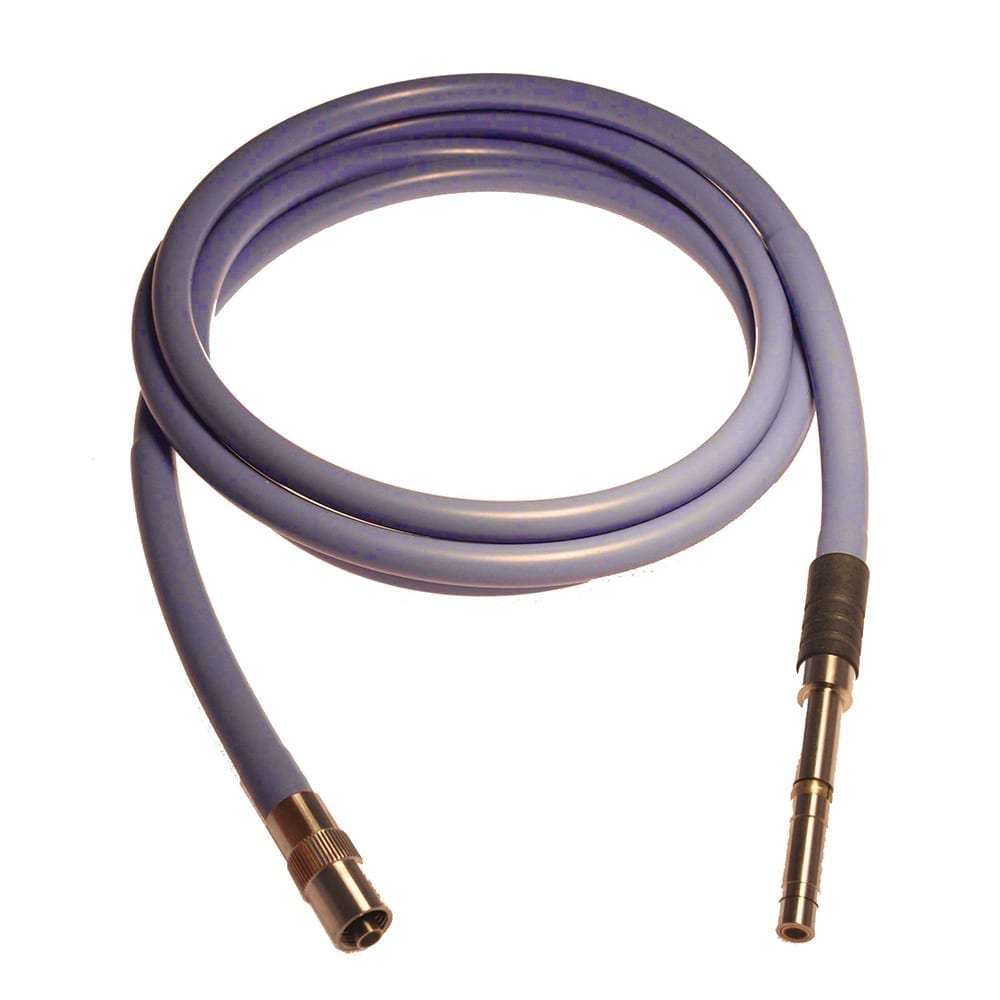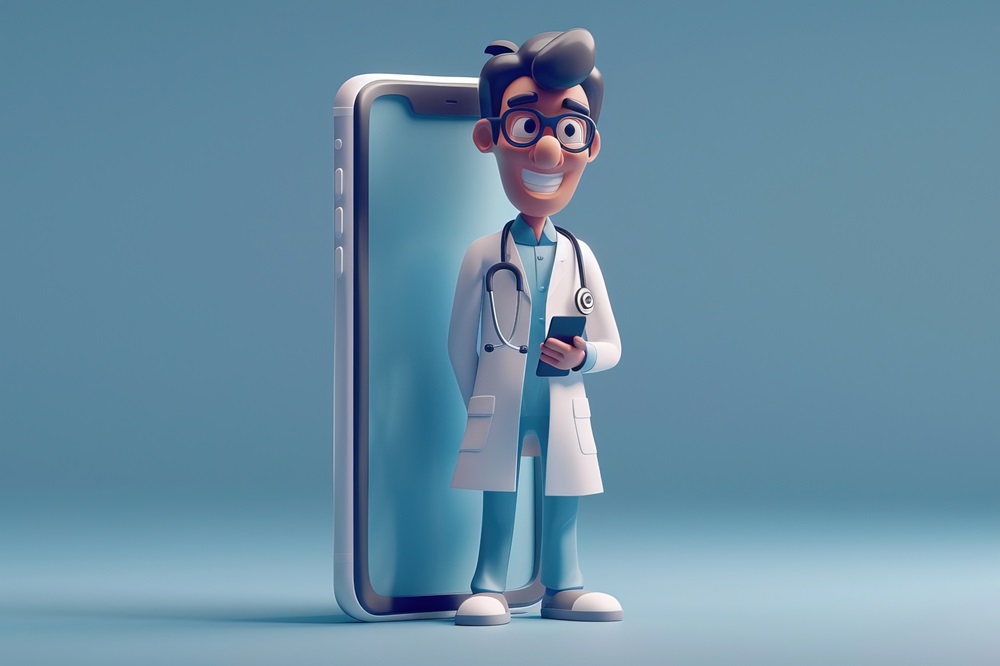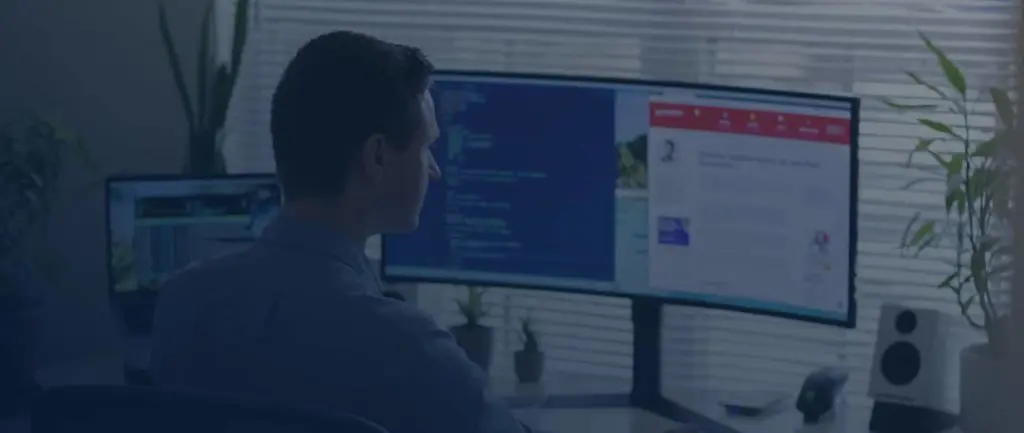The Future of Healthcare: Telehealth Integration in Remote Patient Monitoring
The integration of telehealth with remote patient monitoring (RPM) is revolutionizing the healthcare landscape, offering a more connected and efficient approach to patient care. By leveraging advanced technology, healthcare providers can monitor patients' health metrics in real time, enabling timely interventions and improving overall outcomes.
Remote patient monitoring involves the use of devices that collect data on various health parameters, such as blood pressure, heart rate, and glucose levels. This data is transmitted securely to healthcare providers, allowing for continuous observation without the need for in-person visits. When combined with telehealth, this integration enhances the management of chronic conditions and promotes proactive care.
One of the most significant advantages of this integration is its ability to foster early detection of health issues. By continuously tracking patient data, healthcare professionals can identify abnormalities promptly. For instance, if a patient's blood pressure readings indicate a potential crisis, providers can intervene quickly, potentially preventing hospitalization. This proactive approach is particularly beneficial for patients with chronic illnesses, where monitoring is critical.
Moreover, the integration of telehealth and RPM empowers patients to take charge of their health. With real-time feedback on their health metrics, patients can better understand their conditions and adhere to treatment plans. This increased engagement not only enhances patient satisfaction but also leads to better health outcomes.
Access to care is another significant benefit of this integration. Telehealth eliminates geographical barriers, allowing patients in remote or underserved areas to connect with specialists without the need for travel. This is especially crucial for older adults and individuals with mobility challenges, ensuring they receive necessary care regardless of their location.
The combination of telehealth and RPM also streamlines communication between patients and healthcare providers. Through secure messaging platforms and virtual consultations, providers can maintain regular contact with their patients. This continuous connection fosters a supportive environment where patients feel valued and understood.
Additionally, the integration addresses the challenges of data management and security. Advanced encryption and data protection measures ensure that sensitive health information is safeguarded, complying with healthcare regulations and building trust between patients and providers.
In summary, the integration of telehealth with remote patient monitoring is transforming the healthcare experience. By enabling early detection, enhancing patient engagement, improving access to care, and fostering better communication, this innovative approach is setting the stage for a more efficient and patient-centered healthcare system. As technology continues to advance, the potential for further improvements in patient care is immense, heralding a brighter future for healthcare delivery.
Source:
https://www.osplabs.com/telehealth-integration-for-rpm/The Future of Healthcare: Telehealth Integration in Remote Patient Monitoring
The integration of telehealth with remote patient monitoring (RPM) is revolutionizing the healthcare landscape, offering a more connected and efficient approach to patient care. By leveraging advanced technology, healthcare providers can monitor patients' health metrics in real time, enabling timely interventions and improving overall outcomes.
Remote patient monitoring involves the use of devices that collect data on various health parameters, such as blood pressure, heart rate, and glucose levels. This data is transmitted securely to healthcare providers, allowing for continuous observation without the need for in-person visits. When combined with telehealth, this integration enhances the management of chronic conditions and promotes proactive care.
One of the most significant advantages of this integration is its ability to foster early detection of health issues. By continuously tracking patient data, healthcare professionals can identify abnormalities promptly. For instance, if a patient's blood pressure readings indicate a potential crisis, providers can intervene quickly, potentially preventing hospitalization. This proactive approach is particularly beneficial for patients with chronic illnesses, where monitoring is critical.
Moreover, the integration of telehealth and RPM empowers patients to take charge of their health. With real-time feedback on their health metrics, patients can better understand their conditions and adhere to treatment plans. This increased engagement not only enhances patient satisfaction but also leads to better health outcomes.
Access to care is another significant benefit of this integration. Telehealth eliminates geographical barriers, allowing patients in remote or underserved areas to connect with specialists without the need for travel. This is especially crucial for older adults and individuals with mobility challenges, ensuring they receive necessary care regardless of their location.
The combination of telehealth and RPM also streamlines communication between patients and healthcare providers. Through secure messaging platforms and virtual consultations, providers can maintain regular contact with their patients. This continuous connection fosters a supportive environment where patients feel valued and understood.
Additionally, the integration addresses the challenges of data management and security. Advanced encryption and data protection measures ensure that sensitive health information is safeguarded, complying with healthcare regulations and building trust between patients and providers.
In summary, the integration of telehealth with remote patient monitoring is transforming the healthcare experience. By enabling early detection, enhancing patient engagement, improving access to care, and fostering better communication, this innovative approach is setting the stage for a more efficient and patient-centered healthcare system. As technology continues to advance, the potential for further improvements in patient care is immense, heralding a brighter future for healthcare delivery.
Source: https://www.osplabs.com/telehealth-integration-for-rpm/













